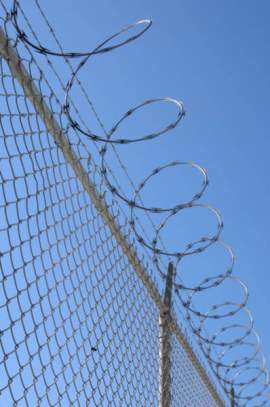
Involuntary Bankruptcy vs. Voluntary Bankruptcy

Related Forms
Schedule B - Personal Property
Schedule C - Property Claimed as Exempt
Schedule D - Creditors Holding Secured Claims
Schedule E - Creditors Holding Unsecured Priority Claims
Schedule F - Creditors Holding Unsecured Nonpriority Claims
Schedule G - Executory Contracts and Unexpired Leases
Schedule I - Current Income of Individual Debtor(s)
Schedule J- Current Expenditures of Individual Debtor(s)
Summary of Schedules (Includes Statistical Summary of Certain Liabilities)
View AllPeople who are in a state of financial distress can go through the process of bankruptcy according to the possible options of either voluntary bankruptcy or involuntary bankruptcy. As such, the question as to the difference between voluntary and involuntary bankruptcy, and the consequent impact on the debtor’s financial affairs, can be answered by reference to an in-person legal authority or a legal text.
In general, however, the distinction between involuntary and voluntary bankruptcy resides in the answer to the question of who is responsible for carrying out this legal action. A self-directed bankruptcy, in which the debtor makes the judgment that he or she can no longer fulfill financial obligations, constitutes a case of voluntary bankruptcy. On the other hand, a person who finds his or her creditors compelling a declaration of bankruptcy will accordingly enter into the state of involuntary bankruptcy.
A voluntary bankruptcy can be applied for according to two basic measures. One option is for the debtor involved to declare Chapter 7, in which all debt obligations are accordingly erased. The less concerted voluntary bankruptcy option of Chapter 13, on the other hand, does not eliminate that person’s obligations entirely, and simply restructures the way in which they must be paid off.
A case of involuntary bankruptcy, meanwhile, will typically proceed first through an action brought in the U.S. Bankruptcy Court, specifically one in which the object of the motion fails to answer in due time. After 20 days, the creditor can initiate the involuntary bankruptcy case.
NEXT: How Often Can You File for Bankruptcy?




















